Welcome to the launch of Media Services’ 2020-2021 blog post series, “Media, Democracy, and Justice.” Every two weeks, the department will devote its Media Beat blog space to issues and ideas at the intersection of media and justice. In conjunction with IU’s Fall 2020 Themester topic of Democracy, Media Services is committed to promoting discussion of issues fundamental to democracy and featuring strategies for engaging with democracy. Because there are so many thought-provoking films in our collection that explore a wide range of perspectives on—and approaches to—media and justice, our series will extend beyond Fall through the end of Spring 2021.
Our inaugural post, “Black Lives Matter: Past and Present Protests,” was written by a number of Media Services student staff members, who are dedicating the post to 38-year-old former IU football player Chris Beaty, who was shot and killed on May 30th at a protest in Indianapolis.
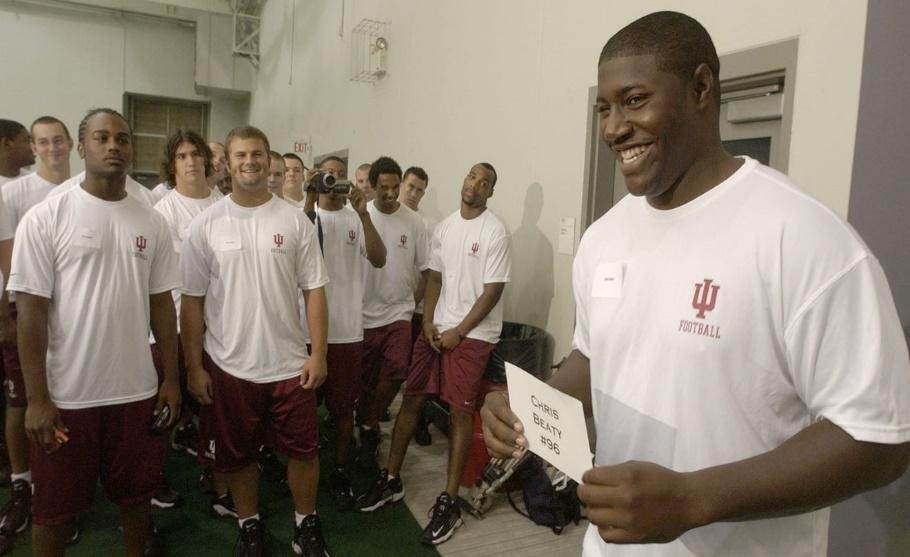
OUR WORLD TODAY
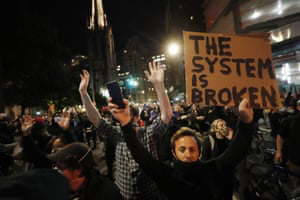
Protests have erupted around the world following the killing of George Floyd, an unarmed Black man in Minneapolis who was arrested after being suspected of using a counterfeit $20 bill. After being handcuffed, police officer Derek Chauvin knelt on Floyd’s neck for more than eight minutes while two other officers restrained the rest of his body. Two medical examiners ruled the manner of Floyd’s death a homicide, though there are inconsistencies in the cause of death. As a result of the protests, Chauvin’s charge has been upgraded to second-degree murder and manslaughter and the other offices involved have been charged with aiding and abetting murder.
Floyd’s case is only one of many killings of unarmed African Americans in recent years. As a consequence of his death and the deaths of others, such as Breonna Taylor and Ahmaud Arbery, thousands of protesters have taken to the streets in order to demand change in the criminal justice system. Although most protests have started peacefully, some have included looting and property damage to some nearby businesses. As a consequence, curfews have been imposed, policing has increased, and police tactics have escalated.
IU’S PLACE WITHIN THE MOVEMENT
Indiana University is no stranger to student activism. National issues have regularly been addressed on campus, and that practice continues to this day. Student participation in protests at IU has at times been met with administrative resistance and negative public response. From the 1967 Dow Chemical Sit-In to the anti-war protest that accompanied the next day’s visit by then-Secretary of State Dean Rusk, up through present-day activism, response to student protests shapes the historical record. The Dow Sit-In was met with police brutality while the protest accompanying Rusk’s visit was not, and each prompted different levels of sympathy and backlash on the part of the general public. These responses contribute important information about what constitutes “acceptable” protest. Since public and institutional perception are defining factors in how such events are memorialized, they are worth examining critically.
Certain events in university history encapsulate IU’s place within the BLM movement. The Afro-Afro-American Student’s Association (AAASA) formation in 1968 by sociology graduate student Clarence Turner encouraged member participation in activism on campus. AAASA led student activists to stage a sit-in inside the stadium where Little 500 was set to occur later that day. From this display of activism, IU President Elvis Stahr was persuaded to issue a statement to all Greek chapters on campus to remove racially discriminatory clauses in their national charters.
In that same year, The Black Market on Kirkwood Avenue opened in collaboration with black students and faculty and featured books, clothes, records, and artwork celebrating black culture. On December 26, 1968, the store was firebombed, destroying the premises. This racially motivated attack was met with protest by students who used the event to speak to greater outrage about race relations on campus and in Bloomington. The incident highlights violent and continued racism in Indiana, and student activism in the face of community and institutional resistance.

Historically, IU students have taken an active role in protesting violence, inequality, and racism. IU’s current and increasingly diverse student population continues this tradition. IU Bloomington’s student population is large enough to exert considerable influence and effect significant change, whether on university policies, within the local community, or as part of the work toward a more equitable and free society. (Total degree-seeking enrollment across all seven IU campuses is over 91,000 students)
MEDIA RESOURCES ON PROTESTS AND RACIAL INEQUALITY
Although we cannot yet open our doors to the public, there are still many resources Media Services provides online! Here are a few films that help illuminate the history and present-day root causes of racial inequality in the world today:
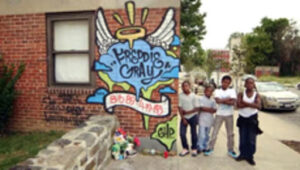
If you are interested in learning more about how the Black Lives Matter movement started, check out this documentary. The film explores how Black Lives Matter started out as a hashtag and grew into a movement as part of a new era of civil rights activism.
Whose Streets? (Kanopy)

Whose Streets? follows the Black Lives Matter movement in Ferguson, Missouri, one of the most influential racial-justice uprisings in modern history. It began as a response to the murder of 18-year-old Michael Brown by Officer Darren Wilson of the Ferguson PD, but the film also relates police brutality to the prison industrial complex, the politics of protesting, and socioeconomic barriers for Black Americans. Nominated for the Grand Jury Prize for Best Documentary at the Sundance Film Festival, among numerous other accolades, Whose Streets? amplifies the voices of local protestors in a fight for civil rights.
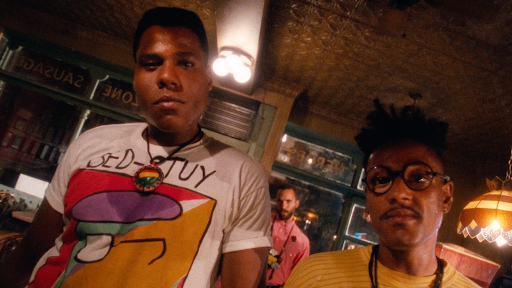
A revered classic, Do the Right Thing follows rising tensions in Bed-Stuy, Brooklyn, due to issues of gentrification as well as overt racism. The film’s commentary on these issues is cleverly delivered in comedy by director Spike Lee. Released in 1989, this film is as relevant in 2020 as when it was released and is dedicated to victims of police brutality.
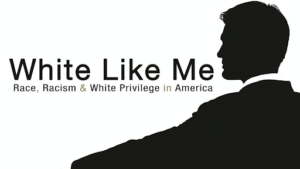
From the imdb.com synopsis: In White Like Me, anti-racist educator Tim Wise explores race and racism in the US through the lens of whiteness and white privilege. This is a great resource for those yearning to understand the perspective of people of color in the US.

Many American cities are considering major reforms to police tactics that would have seemed highly unlikely just a few years ago. This documentary follows the Newark Police Department in New Jersey and their journey to reform after being ordered to do so by the Department of Justice. This film addresses topics of policing and race.
Free Speech is Threatened on Campus: A Debate
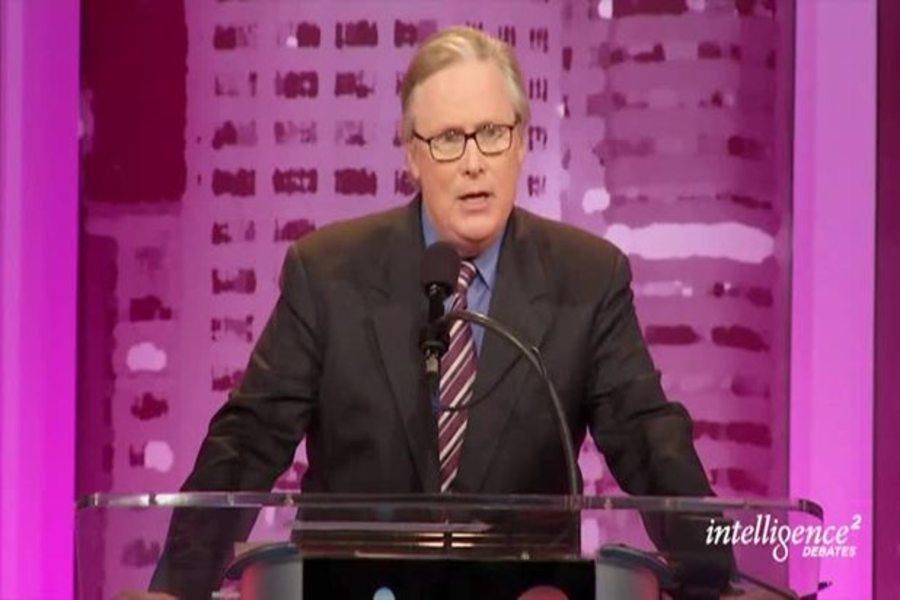
Peaceful protests have become more commonplace on college campuses in recent years. Students have protested issues ranging from white supremacy to climate change. However, some colleges have struggled with creating an atmosphere that allows for free speech but at the same time does not promote intolerance. This film features a debate about freedom of speech on college campuses.
MORE FILMS TO WATCH
Here is a list of other films related to the topic. These and more are available to stream using your IUB credentials. Check out more films at iucat.iu.edu, Kanopy, and SWANK.
- Frantz Fanon: Black Skin, White Mask
- bell Hooks
- Sorry to Bother you
- The Colonial Misunderstanding
- The Great White Hoax
- Racial Facial
OTHER IU COLLECTION HIGHLIGHTS:
MCO – Media Collections Online
- IU Media Digitization & Preservation Initiative in 2017 digitized The Afro-American in Indiana radio broadcast series (1971-1983). In this collection, hosts Fr. Hardin and Sister Jane Schilling promote black history and explore a range of topics from medicine, law, labor history, colonialism, and finally Indiana-specific history.
MENTAL HEALTH RESOURCES
Although it’s important to stay connected and informed, the trauma and confusion related to unfolding events, on top of the persistent pandemic, can be overwhelming. Here are some accessible online resources you can utilize if you need to talk or otherwise process:
IU has counseling resources that you can access online or on the phone! Schedule a 30-minute session at 812-855-5711 or call the crisis line 812-855-5711 for an emergency session. Remember, each enrolled student has two free CAPS sessions per semester, so take advantage!
There are also numerous websites that aggregate contact information for therapists specializing in inclusive therapy for marginalized and intersectional communities, most if not all of whom have lived experience with the particular issues that arise from marginalization and/or exclusion. There are also reduced-fee and even FREE therapy options available. This is another article to help you find affordable therapy, whether you have insurance or not!
Beyond therapy, it’s also important to take the time to unplug from social media and the news. Everything happening in the world is at our fingertips and easy to consume, so remember to take steps to keep yourself from getting overloaded.
CALL TO ACTION – (BLOOMINGTON AND ABROAD)
There are so many ways that students can contribute to social change. Education is important in fueling and focusing energy and making sure the changes we make are lasting. There are lots of ways to incorporate what we learn into our civic involvement and action.
If you are interested in learning more about the Black Lives Matter movement specifically and the fight for racial justice within the criminal justice system more generally, the Bloomington BLM chapter’s website is a great place to start. The group lists a wide variety of ways to get involved with BLM itself or with other community groups and events. Protests, petitions, and donations are typical ways to contribute to the community, but there are many other options as well.
In the continuing tradition of social change and advocacy at IU, there is also a conversation about the role of the IU Police Department on campus, and the possibility of creating a police accountability board.
What do YOU hope future IU students will say about our generation’s place in IU student protest history?
Black. Lives. Matter.
Leave a Reply